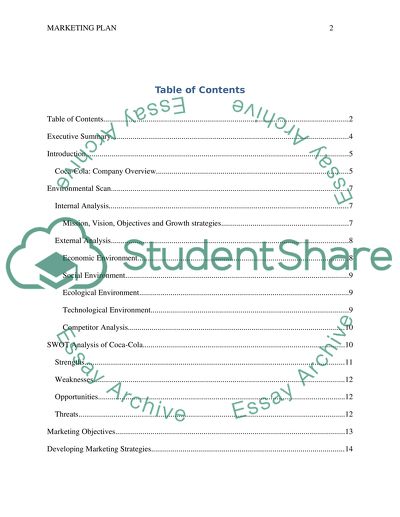Cite this document
(“Marketing plan for COCA COLA Essay Example | Topics and Well Written Essays - 4000 words”, n.d.)
Retrieved from https://studentshare.org/marketing/1401845-marketing-plan-for-coca-cola
Retrieved from https://studentshare.org/marketing/1401845-marketing-plan-for-coca-cola
(Marketing Plan for COCA COLA Essay Example | Topics and Well Written Essays - 4000 Words)
https://studentshare.org/marketing/1401845-marketing-plan-for-coca-cola.
https://studentshare.org/marketing/1401845-marketing-plan-for-coca-cola.
“Marketing Plan for COCA COLA Essay Example | Topics and Well Written Essays - 4000 Words”, n.d. https://studentshare.org/marketing/1401845-marketing-plan-for-coca-cola.


